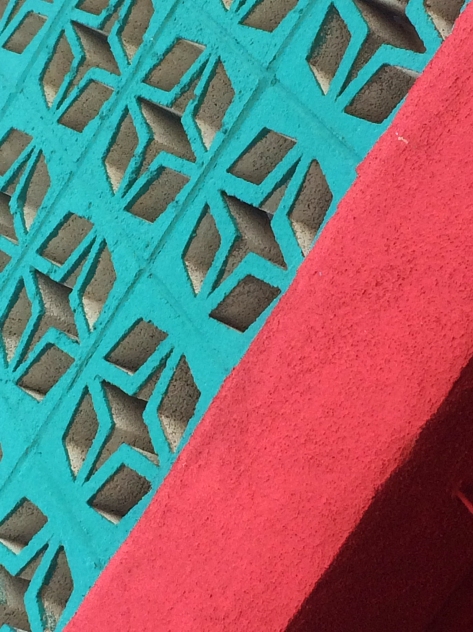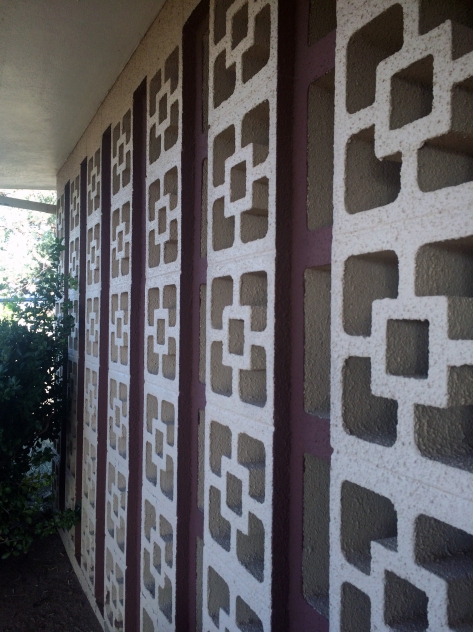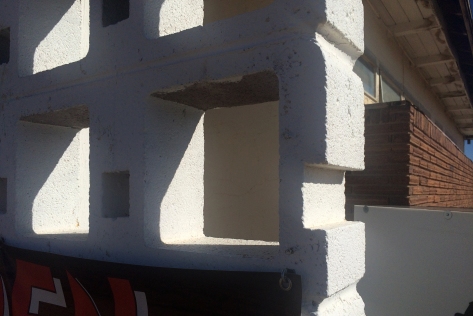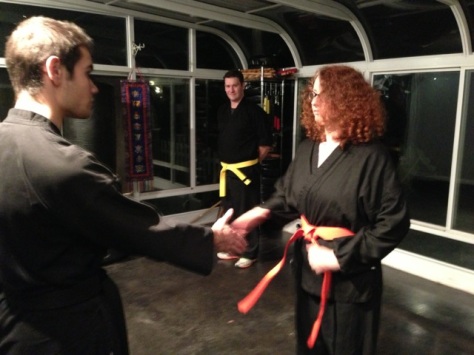I was pulling pickup/dropoff line duty this afternoon at school when one of my seventh-graders told me that my jacket was her favorite color.
I glanced down and realized I was wearing the farm coat I bought at Roark Hardware a couple of blocks off Route 66 in Vega, Texas, in 2006. I grinned and told her my jacket is actually older than she is.
She wanted to know when I got it, so I told her.
“Yeah, that’s old,” she said.
Funny how memories work: Roark has been closed for at least 10 years, and the Vega Motel hasn’t had an overnight guest in nearly 20 years. I’ve moved cross-country twice and changed careers three times since then. There is no logical reason for the memory of that trip to be as vivid as it is, but I can still taste the watery coffee I bought out of a machine at the rest stop near McLean — still a recent addition to the landscape at the time — as I stood watching a pink and purple sunrise after driving all night, and I can still feel the contrast between the bracing chill of a November morning and the warmth of the steam rising from that cup.
I keep thinking I ought to replace that coat. It’s pretty faded in spots, and the fuzz has worn off the corduroy trim around the collar and cuffs, but it’s still warm and serviceable and imbued with too many memories to throw away. Easily the best 40 bucks I ever spent. Shoutout to Walls for making a durable product.
As soon as the weather warms up properly, I’ll have to wear my 25-year-old Birkenstocks to school. They’ll really blow the kids’ minds.
Emily










































